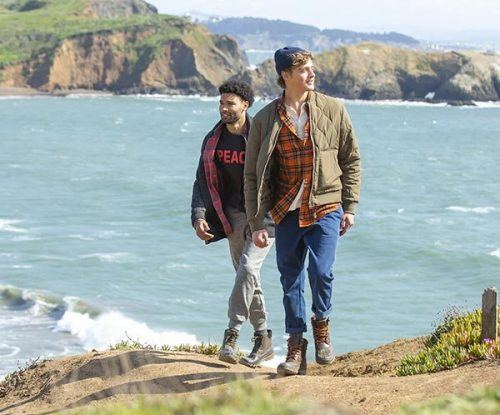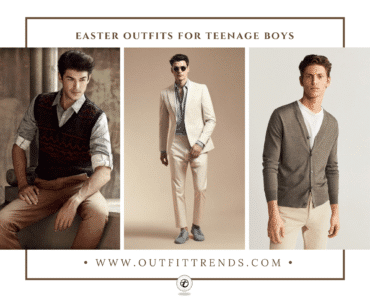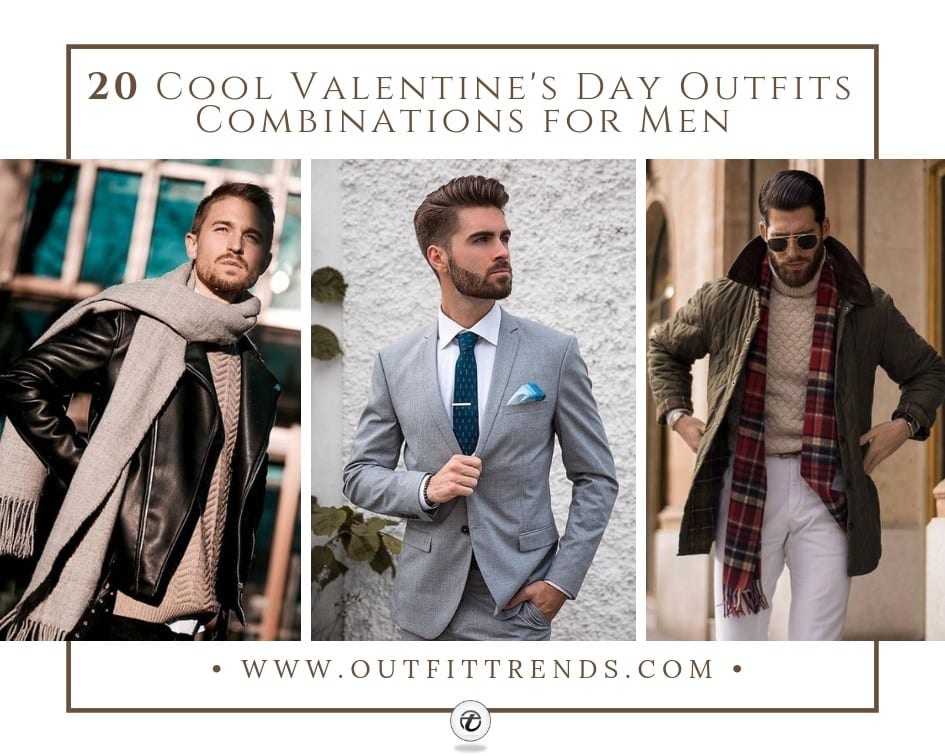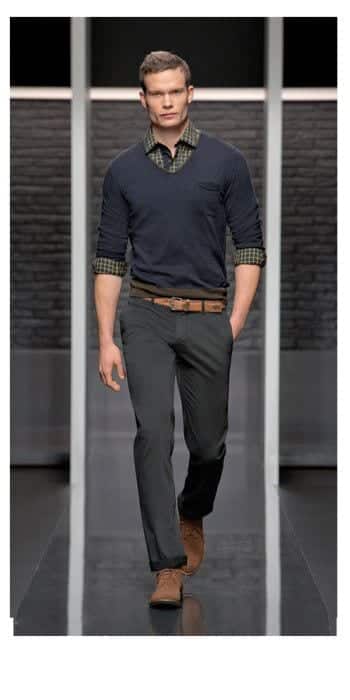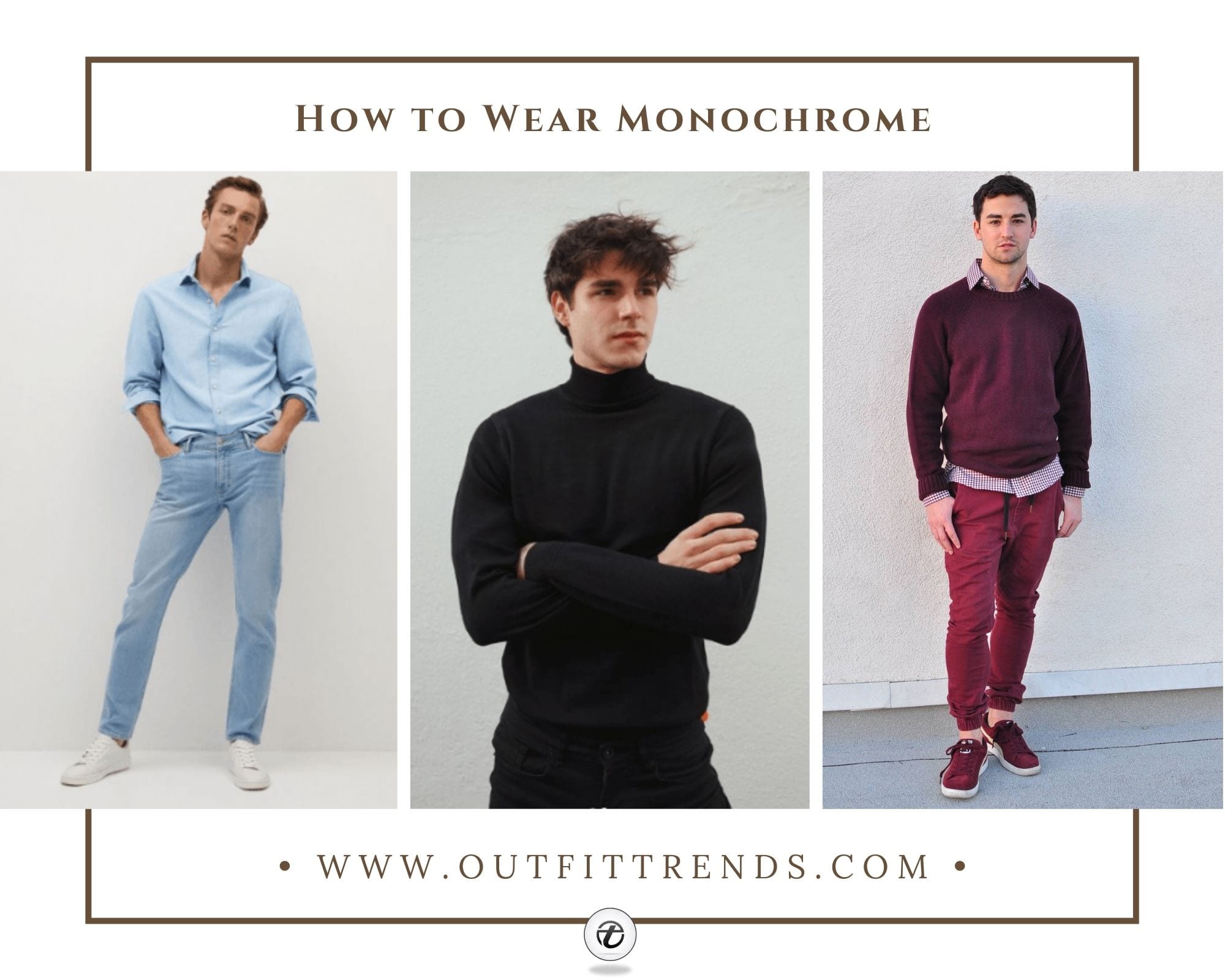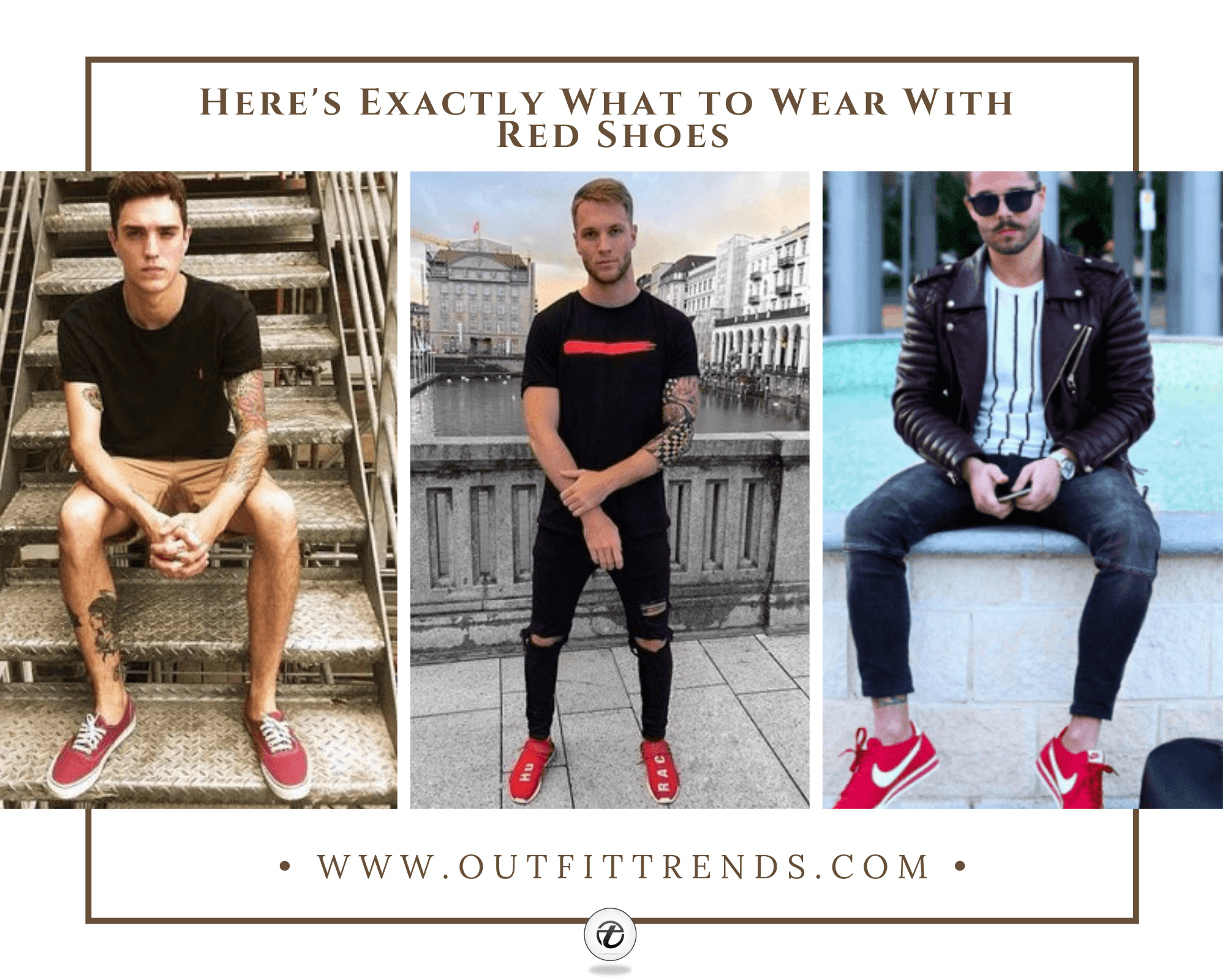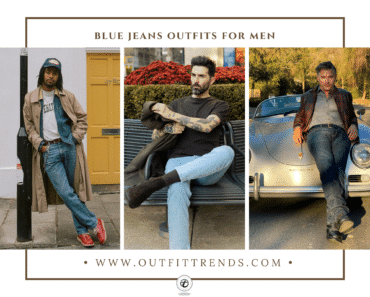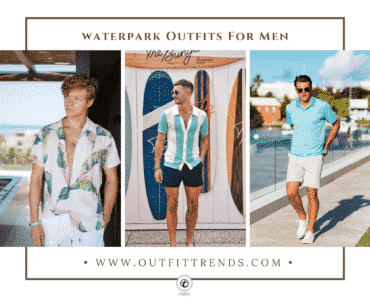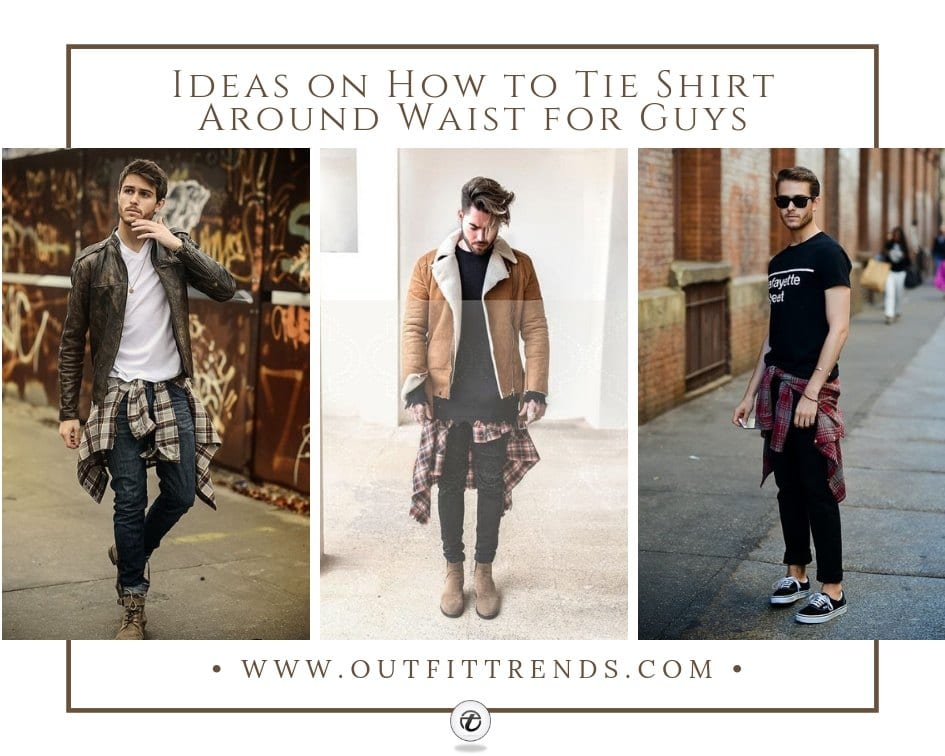Outdoor lovers tend to prioritize their resources on gear while overlooking their outfits. When it comes to camping, you want to wear clothes that can stand up to the rigors of multi-day adventures through the backcountry. For instance, if you’re pitching your tent near a lake on a summer camping trip, bring a bathing suit as there would be a chance of swimming.
Packing Tips
Camping entails the need to bring clothes that do double or triple duty, protecting exposed skin from sunburn and hungry bugs alike. When packing your outfits before the trip, the following factors might help you sort out your options:
- Comfort. Pick clothes that will let you be comfortable while enjoying the activities you are doing. Remember, sweat is your enemy, especially in the summer, so look for wool as it is the best fabric choice – it wicks away sweat and dries quickly. Avoid tight clothes like skinny jeans and super-fit shirts. Outfits made of heavy material are off the table as well.
- Functionality. Ensure that your outfit can withstand the weather condition and is suitable for the activities you’ll be doing there. For example, a puffer jacket will not only protect you from the cold but will also shield you from mosquitoes. Clothes that help your perspiration move along aid with body temperature regulation, keeping you warm in the winter and cool in the summer. Silk is another good choice of skin-contact fabric, especially when you’re planning to be more active.
- Affordability and Versatility. Remember that you don’t have to spend beyond your paycheck just to achieve the comfort and style you need for the camping activities, so look for pieces that would fit within your budget. If you don’t go camping frequently, it is a good idea to buy clothes that can also be worn on other occasions and not just camping alone.
Camping Tips
- Don’t walk in rivers or lakes barefoot, as hidden rocks, stray fishhooks, broken glass can harm your feet, or worse.
- If your clothes get dunked or soaked, hanging them in the sun or spreading them out by the fire is a good idea, even if you don’t plan to put them on again. Wet clothes left to stew can get wasted.
- For rainy days, avoid PVC clothing – it is waterproof but not breathable, and it can also make you overheat. Invest in Gore-Tex instead, which can keep the water off and allow some air to reach you.
- The first rule of camping: everything you pack in, you MUST pack back out. No unnatural trace of your stay should stay behind.
What Not To Wear
- Expensive jewelry. Unnecessary accessories like necklaces or gold rings could derail your adventure and hinder you from enjoying the nature-tripping. And as obvious as it is, leave your expensive gems at home; you don’t wanna play “needle in a haystack” when you dropped them in the woods.
- Strong perfume. Protect yourself and the wildlife. Do your part to keep bears and lions away from humans, so don’t bring anything too smelly that would attract them.
- Attire featuring drugs and alcohol. You don’t want to catch the attention of the ranger or security guard at the campground.
- Sandals with socks. They don’t mix well. If you are wearing socks to keep your feet warm or to hide your weird toenails, invest in a pair of sneakers or duck boots and not sandals.
- Poorly fitting swimwear.
Camping Outfit Ideas
↓ 19 – Sherpa Jacket
Pair up a blue sherpa jacket with a brown or beige knitted shirt, and some dark washed jeans.

↓ 18 – Shearling Coat
The leather component of a shearling coat like this one by Blake Hedley is perfect for long hours of trekking, especially on rainy days. Here’s a list of all the Ways To Wear a Shearling Jacket.
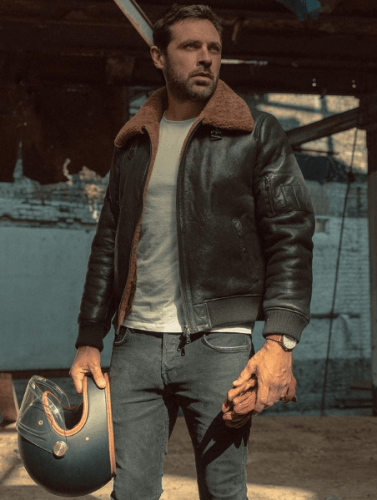
↓ 17 – Vests
Style meets function. A vest is an essential wardrobe piece for camping. Layer a worker vest like this one by Levi’s with a pocket shirt. If the weather is on the chilly side, consider sleeves, pants, and a hat or a beanie to block out unwanted UV radiation.
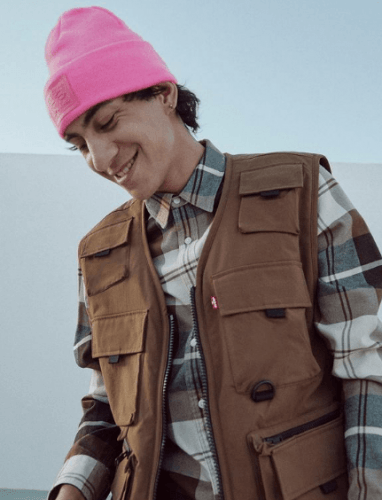
Try this pile fleece vest by A Day’s March. Layer it with patterned shirts or “flannels” and make sure to consider the color coordination. In this case, the color of the vest matches the pattern of the shirt itself.
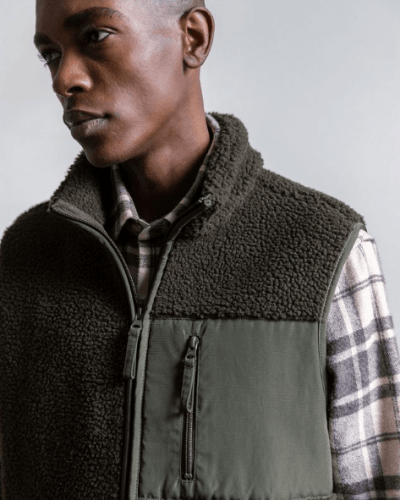
↓ 16 – Plaid Shirts
Wear a cashmere crewneck like this one by A Day’s March with a flannel or plaid shirt. Khaki chino pants look perfect with this combo. Tuck the undershirt to your pants, and remember to wear the plaid shirt open. Here are some more ideas on Khaki Pant Outfits For Men.
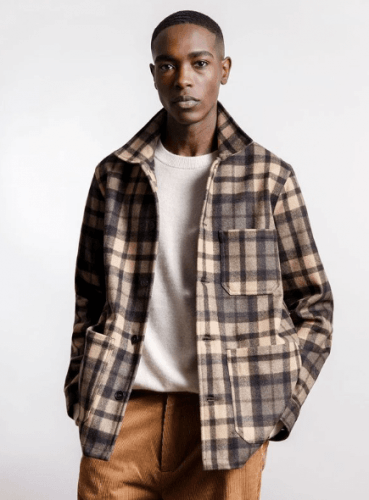
You can also opt for contemporary British menswear with a global inspiration like this combo: Far Afield Normsk’s cotton-polyester blend jacket in espresso grey shade paired up with a check cotton flannel shirt. Here are some more ideas on How to Wear a Flannel Shirt Stylishly.
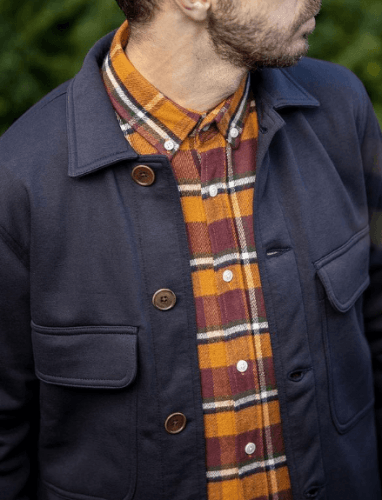
↓ 15 – Best Colors For Camping
Dark colors are best, but they absorb heat more than lighter colors do. Refrain from wearing white clothes as they are prone to all types of dirt, including dust and mud.
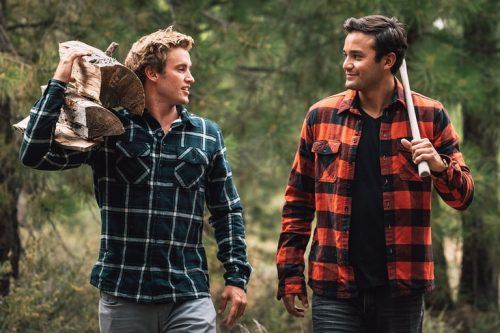
For men with a darker skin tone, pair up an off-white patch pocket overshirt in a wool herringbone with a beige half-zip lambswool sweater
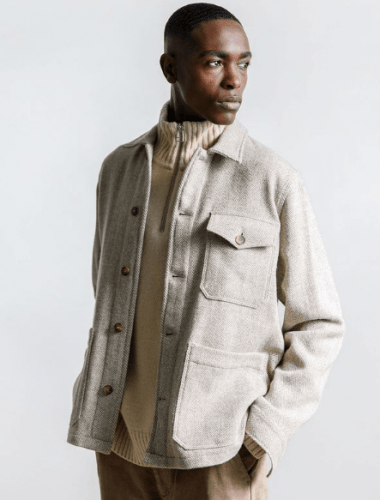
↓ 14 – Outfit For Fall
Like winter, fall is a rather chilly season when you might need to wear well-insulated clothes. So if you ever plan on going camping in this type of weather, don’t forget to pack up some puffer jackets, parka or anoraks. Boots like Chelsea suedes will do the job of protecting your little feet from the cold and other undesirable factors you might encounter in the wilderness.
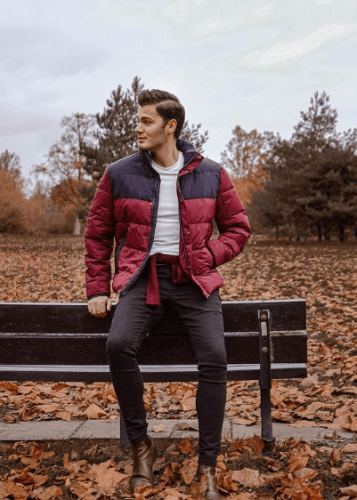
↓ 13 – Lumberjack overshirt
You will need to bring different clothes for summer camping, even if you only plan to go for two days because the change in temperature at night can make it tricky to find the right combination. Opt for lightweight outfits that can provide comfort and style to help you survive the challenges of camping in hot weather, like this Yellowstone lumberjack overshirt by Percival Menswear.
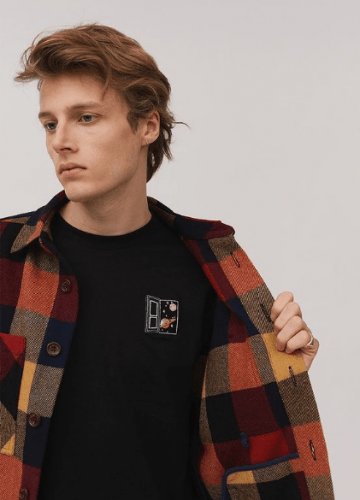
↓ 12 – Nighttime Camping Outfit
Time for bonfire chitchat! Make casual camping a moment you’ll never forget with this plaid hooded shacket by Banana Republic. You might also go for pile or wool socks, no matter how warm or cold it is outside.
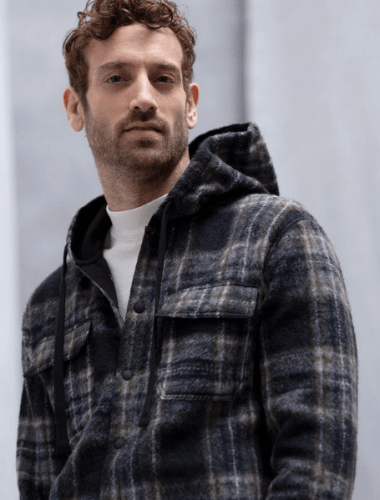
↓ 11 – Porter Jacket
Opt for pieces in bright colors like this orange cashmere cardigan layered with an organic cotton corduroy, a green porter jacket, and paired up with dark navy trousers – all by Far Afield UK. If the evening is already cooling down, you can throw on an outer layer, but if you’re planning to wear a windbreaker or light sweater, you might want to slip into it after the heavy tasks are done.
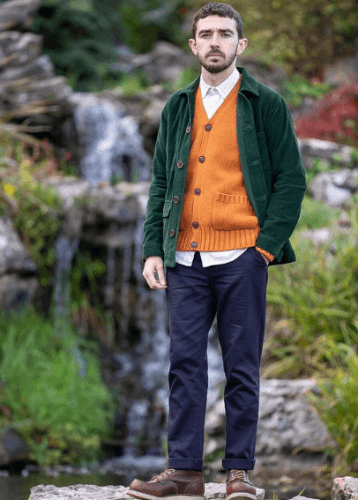
↓ 9 – Quilted Puffer Jacket for Coolet Nights
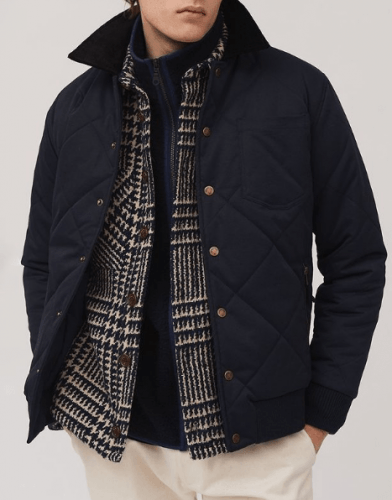
↓ 8 – Fleece or Nylon Jackets
Wearing layers allows you the freedom to ditch a piece from your outfit if it gets too warm. Try clothing made from fleece or nylon since these materials can hold warmth better than cotton.
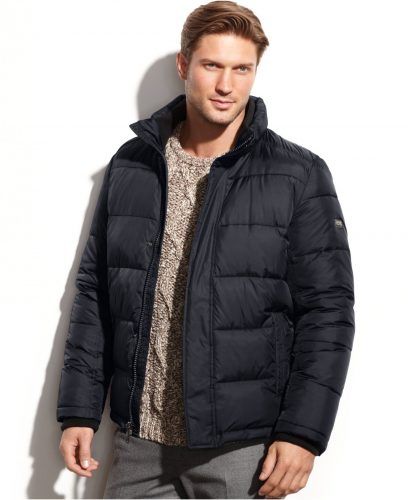
↓ 7 – Columbia Jacket for Rainy Days
Tip: For camping on a rainy day, remember that allowing rainwater to soak your innermost layers can create a dangerous situation, especially when heat retention becomes increasingly critical as the sun goes down.
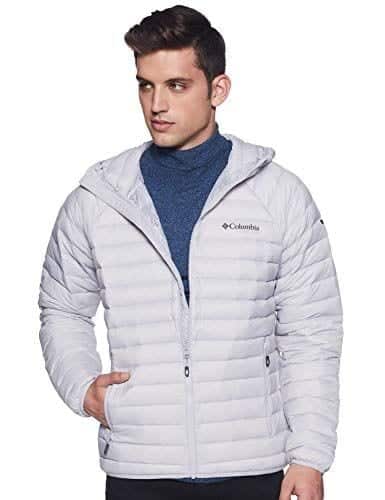
↓ 6 – Hiking Shorts
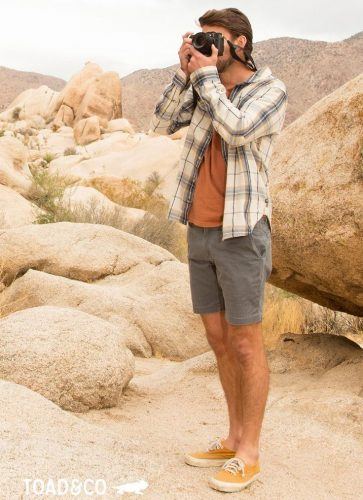
↓ 5 – Chinos
Chinos in earth tones are recommended. You can also opt for cotton/nylon pants, preferably with an elastic waistband. Wearing cargo pants is also a good move as they have the number of pockets you need to store your flashlight, handy tools, and the like. Avoid skinny jeans as much as possible.
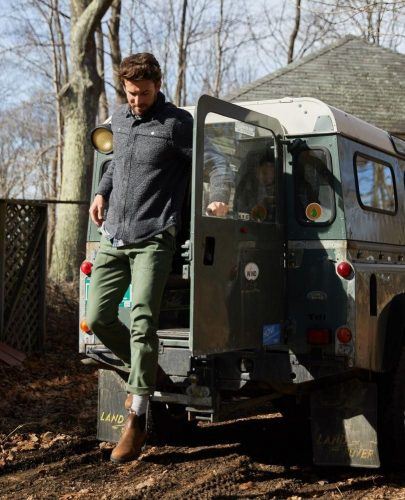
↓ 4 – Accessories
A headgear like a beanie can keep sweat from running down your forehead, eyes, and into your shirt. Even a simple bandana will do—you can use it as a head covering on a hike. You can also tie it around your neck when you’re sweating. Sunglasses are essential, as well, especially if you’re planning to spend time near the water or snow, both of which can reflect harsh sunlight up at you. Lastly, don’t forget to pack a pair of gloves.
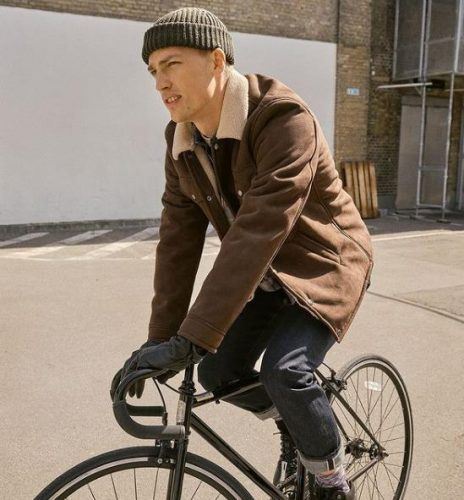
↓ 3 – Puffer or Parka for Camping In Snow
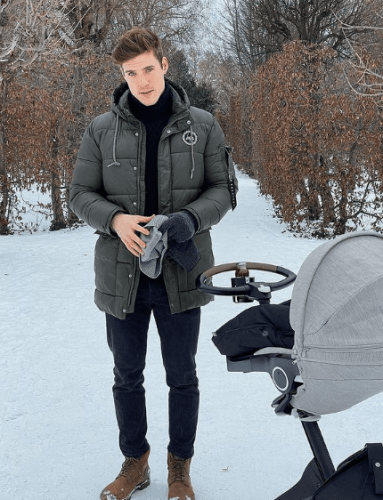
↓ 2 – For Sleeping
No matter what you wear to bed, make sure it’s not wet. A good sleepwear choice while camping is clean long underwear, top, and bottoms, plus clean socks. You can also wear a beanie or cap to keep your head warm at night.
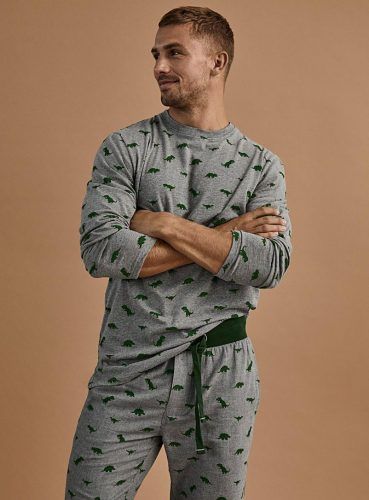
↓ 1 – Camping Shoes – Duck Boots
Wearing duck boots is the best option. You want your feet to stay as dry and as happy as possible to avoid rashes, chafing, and blisters. Invest in a good pair of shoes, and don’t be afraid to bring a few with you and change them as needed. Prefer to pack breathable footwear like running shoes or trainers. You can pack some flip-flops or sandals for the lake adventure; just don’t wear them when climbing steep areas. Do not wear white sneakers and office shoes like leather oxfords.
